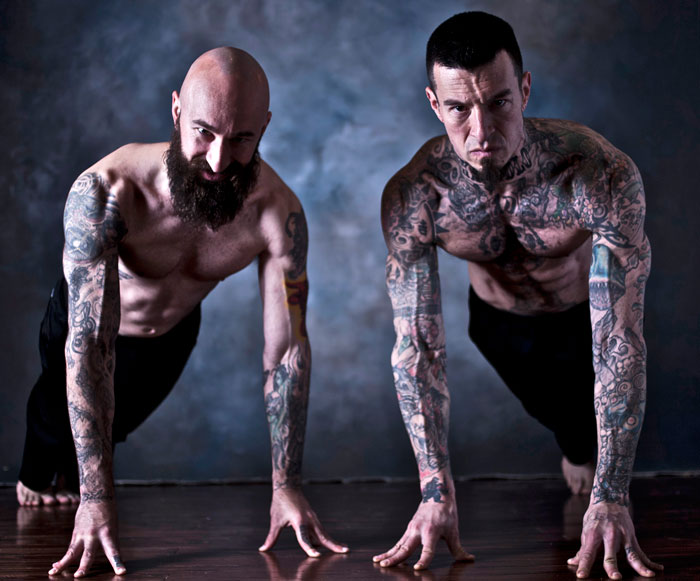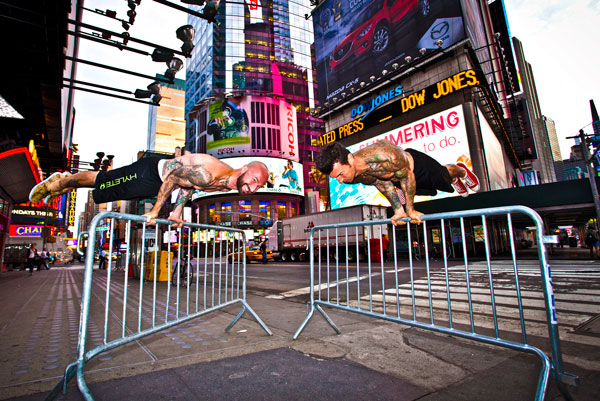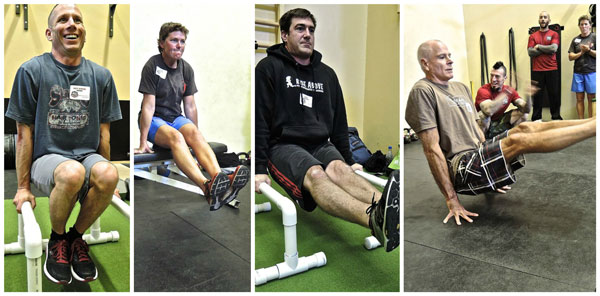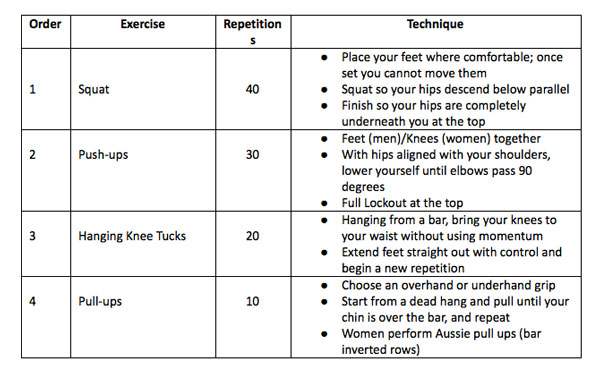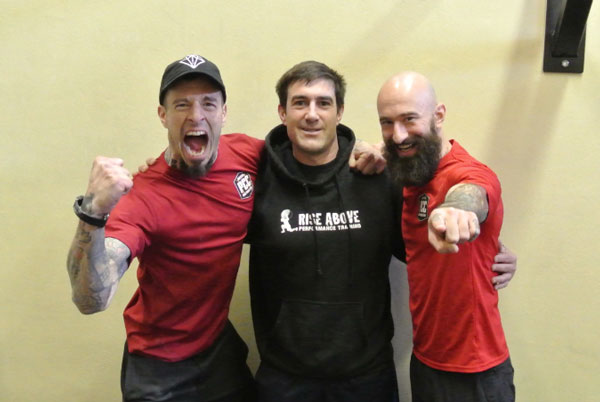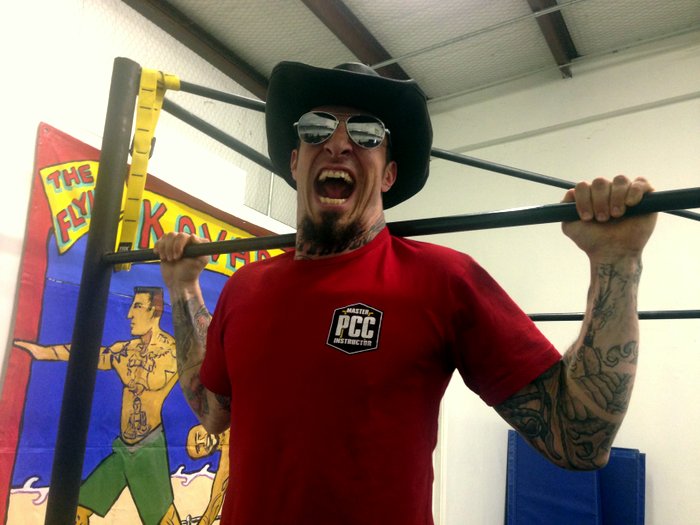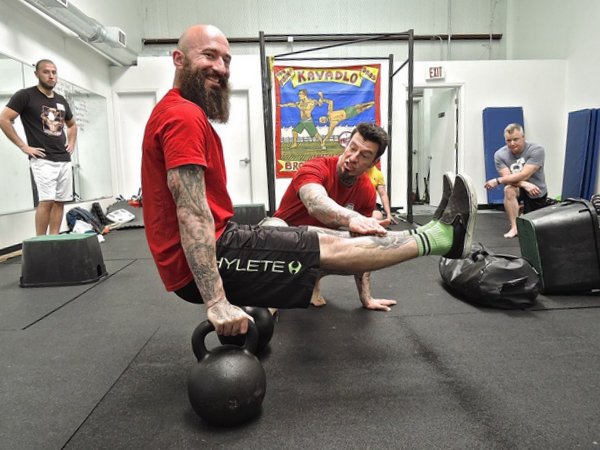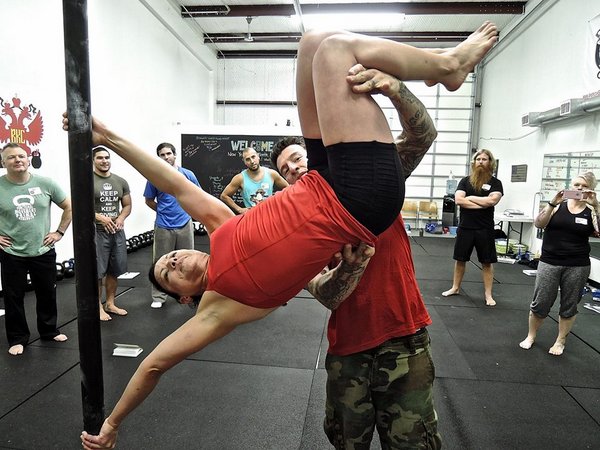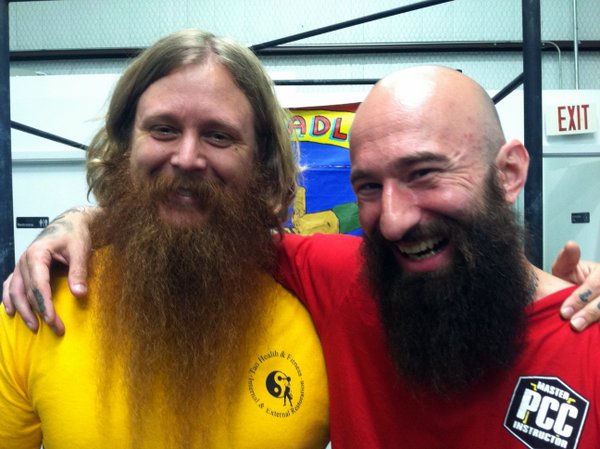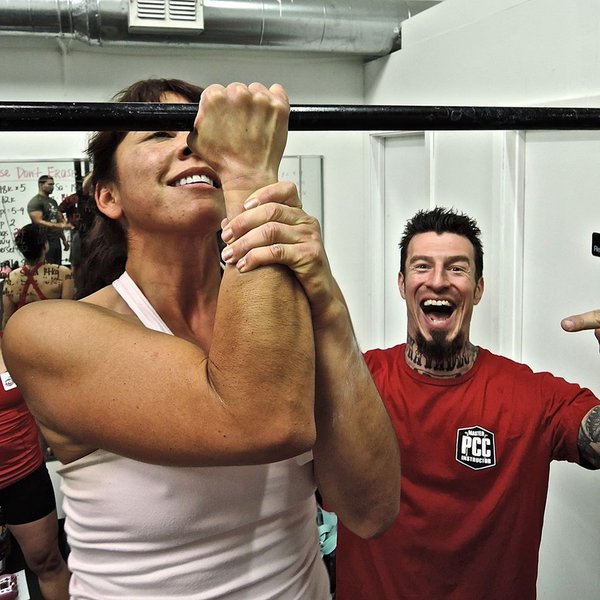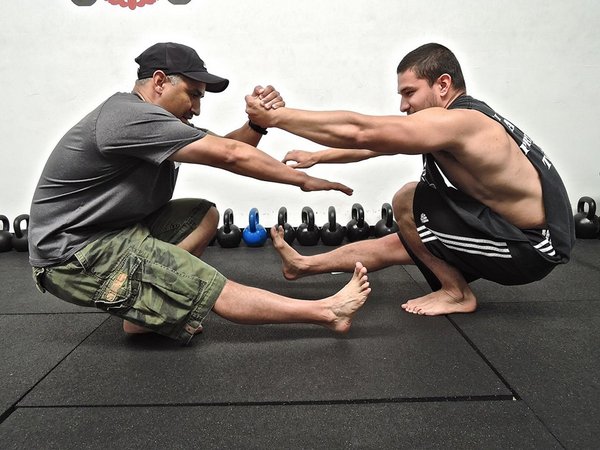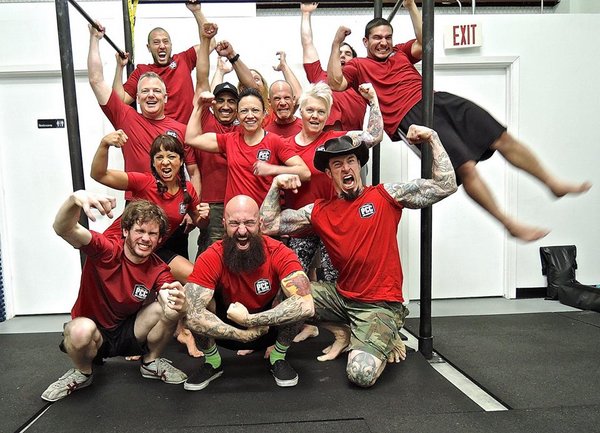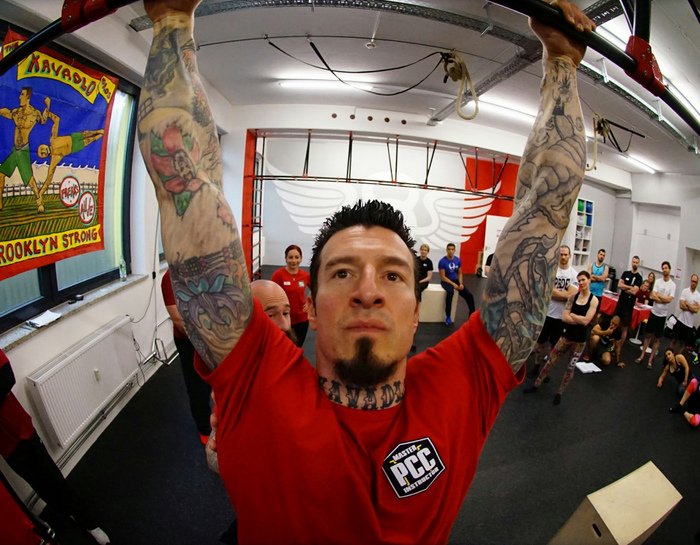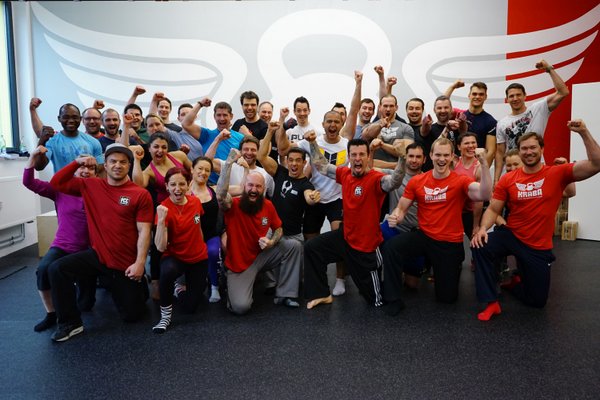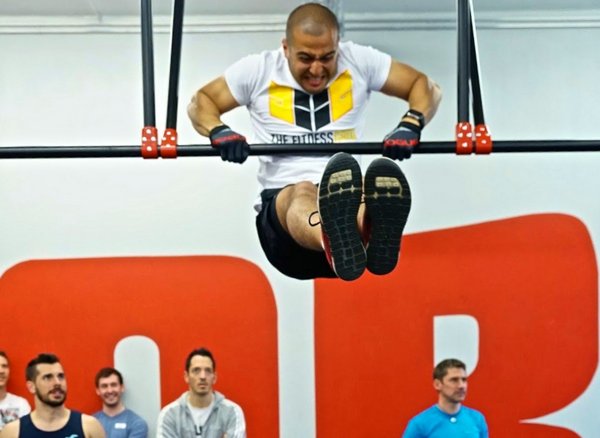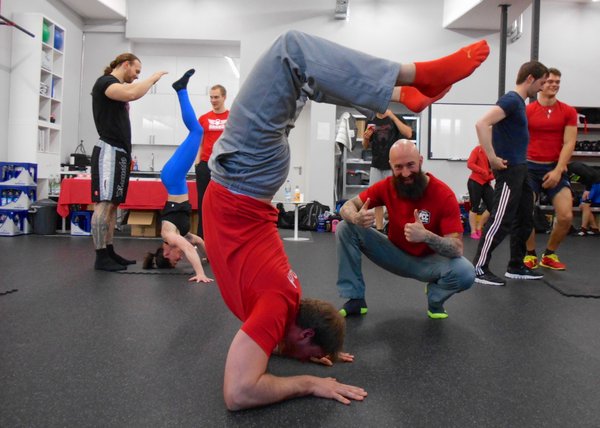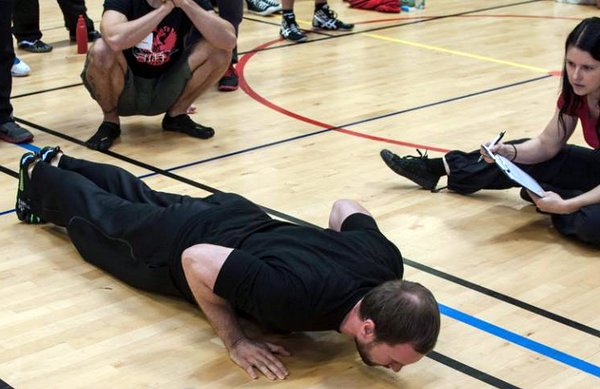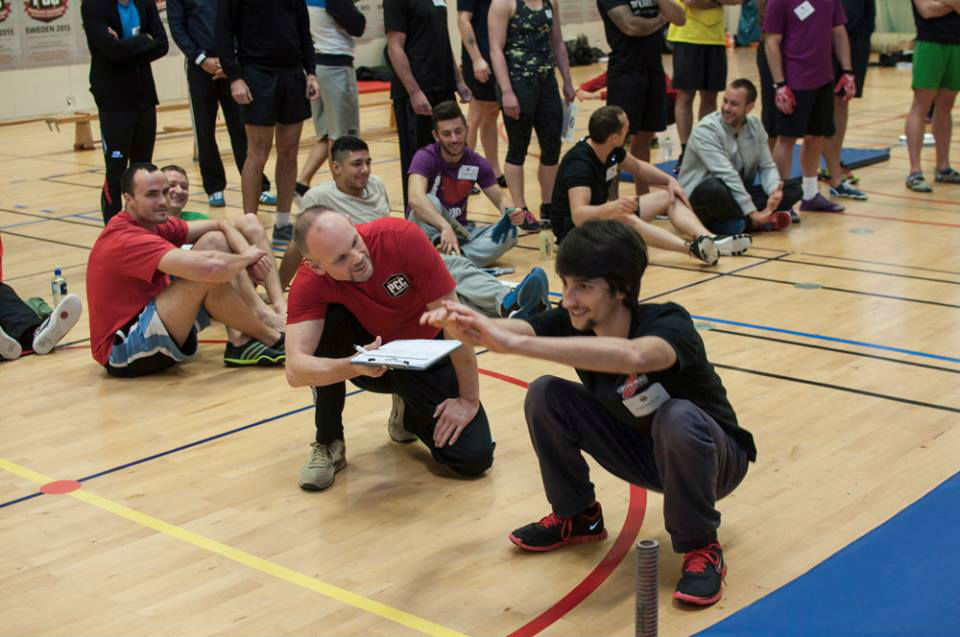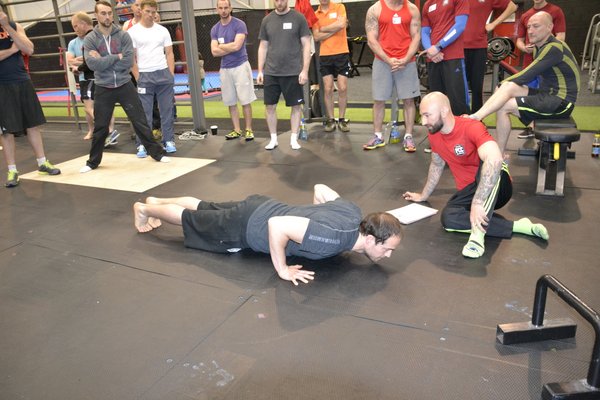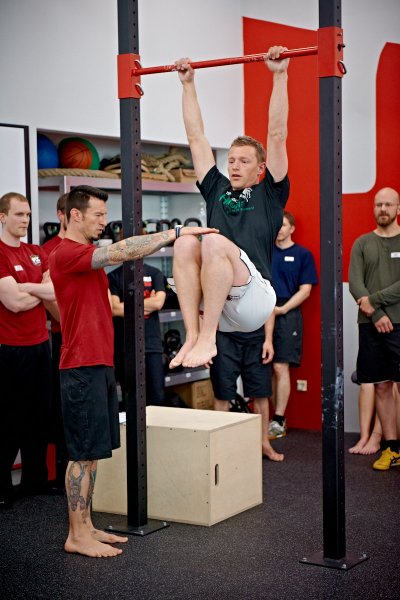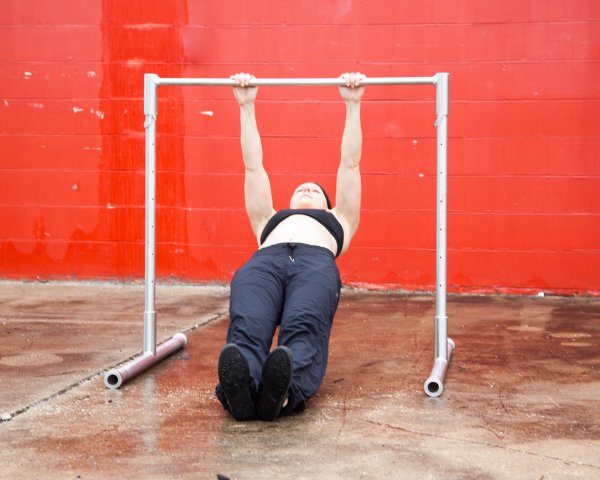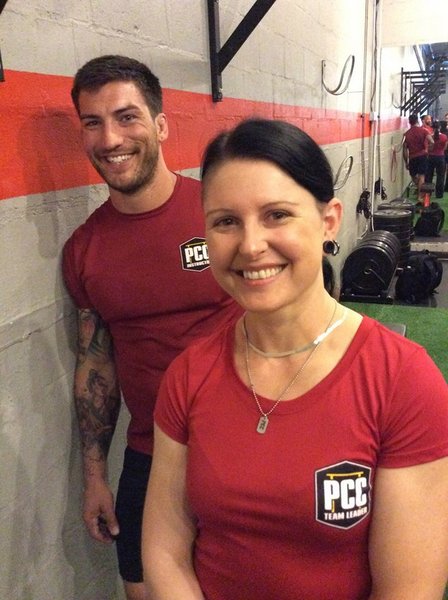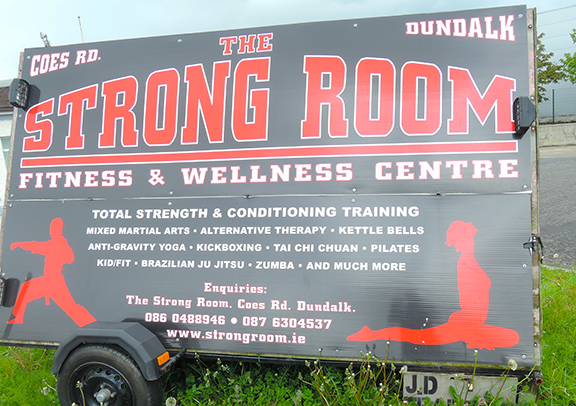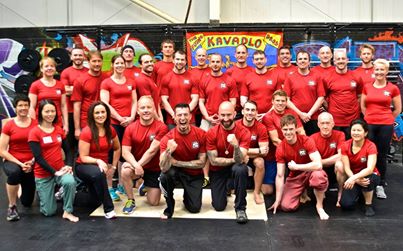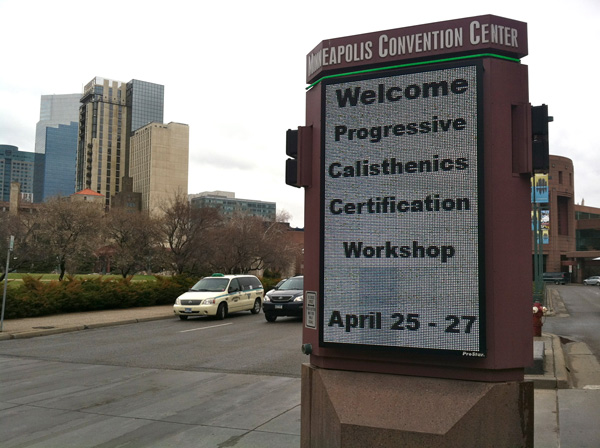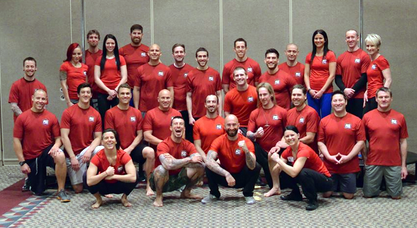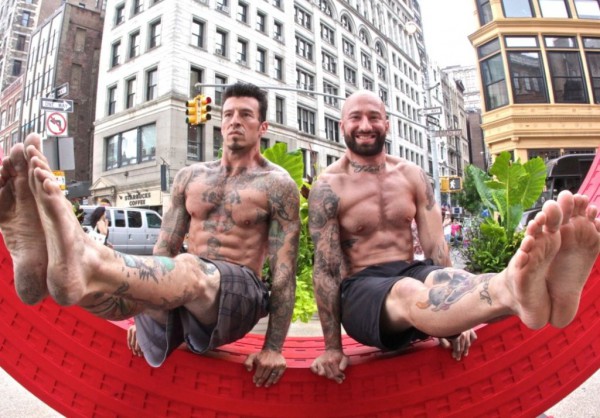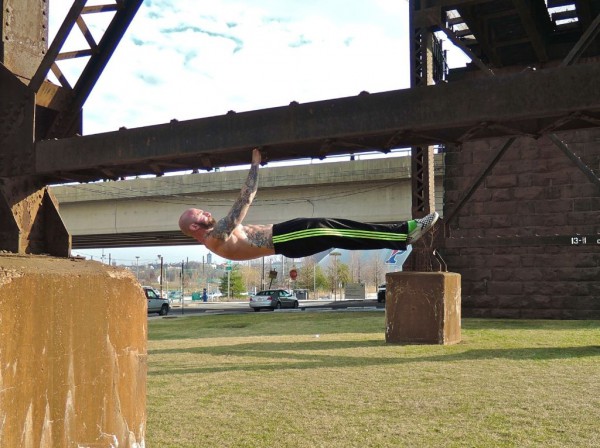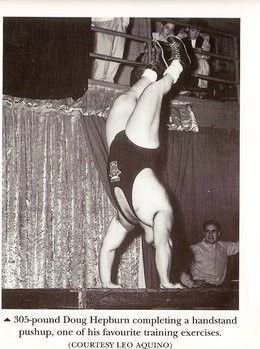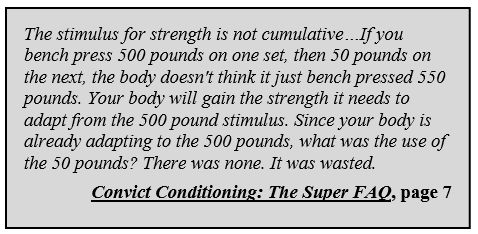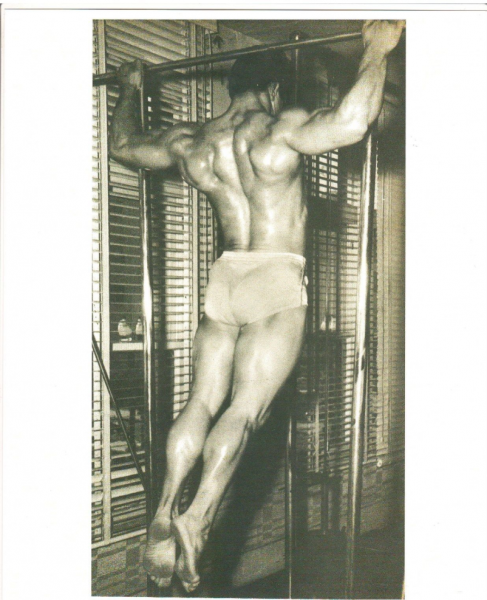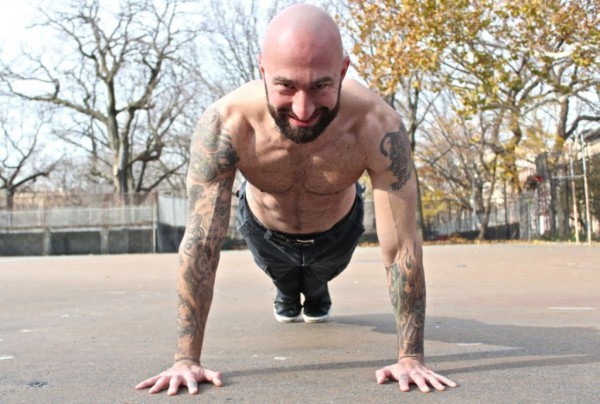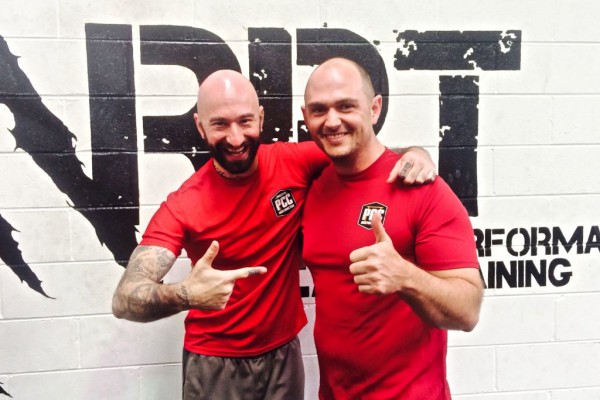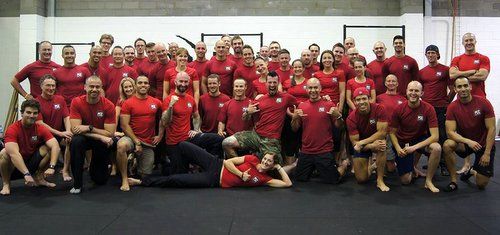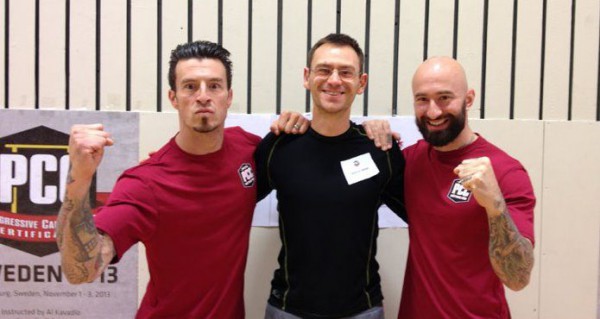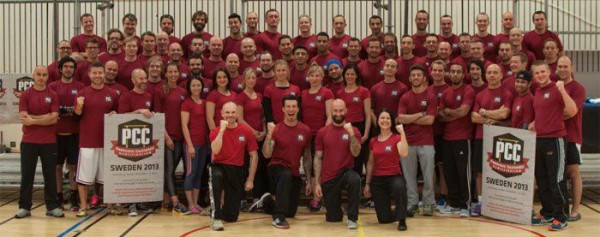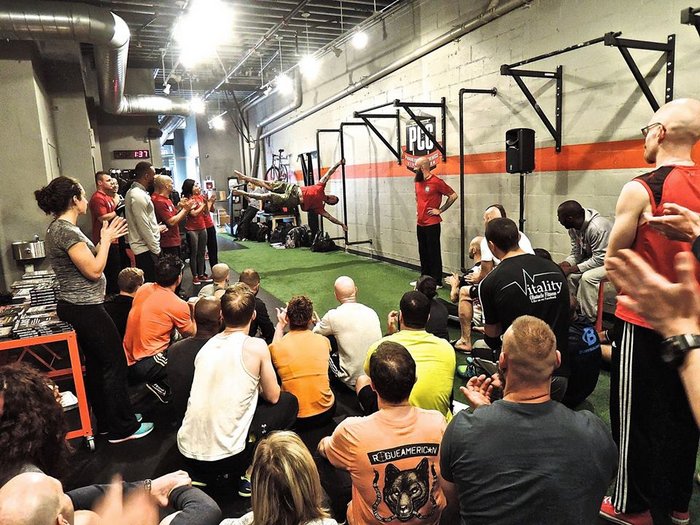
Last weekend, the Progressive Calisthenics Certification made its return to New York City with a sold out crowd of over 40 calisthenics enthusiasts from all over the United States as well as the rest of the world. Attendees hailed from Norway, Sweden, Spain, Guatemala, Australia, Austria, Singapore, England, Canada, and of course, my hometown, the Empire City herself. It was truly a melting pot of bodyweight strength practitioners!
Though calisthenics has existed since the days of the ancient Greeks, the modern street workout movement has its roots right here in NYC. Many of the world’s best-known calisthenics specialists hail from the Big Apple. It’s no wonder we had such a strong group of bar athletes in the house!
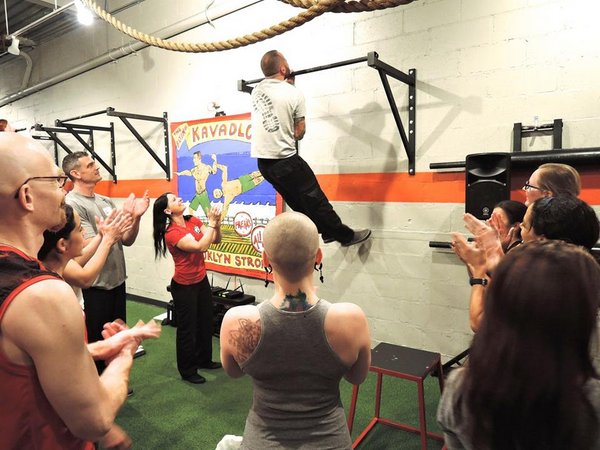
The city that never sleeps certainly hasn’t been sleeping on its calisthenics game. As always, new personal bests were happening left and right. From the muscle-up to the pistol squat to the human flag, attendees were constantly breaking new ground, unlocking new skills and refining existing ones.
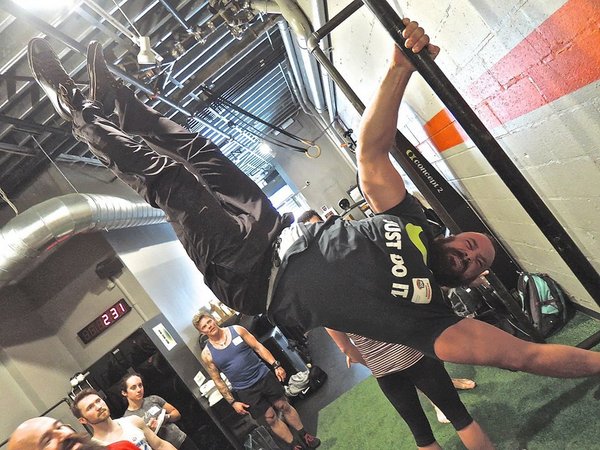
Besides becoming better practitioners, we also devoted a lot of our energy toward becoming better at training others. Everyone at the PCC gets to experience both ends of the personal training equation throughout the weekend.
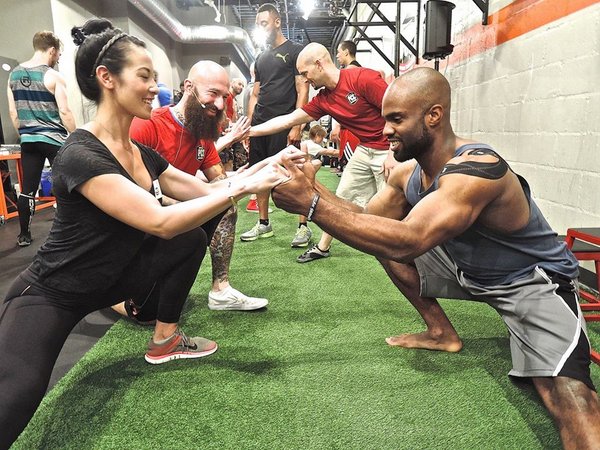
It’s great to see more and more ladies taking to progressive calisthenics. This weekend’s event had the most female attendees of any PCC so far. It’s an honor to welcome 15 of the strongest ladies I’ve ever met into the PCC family!
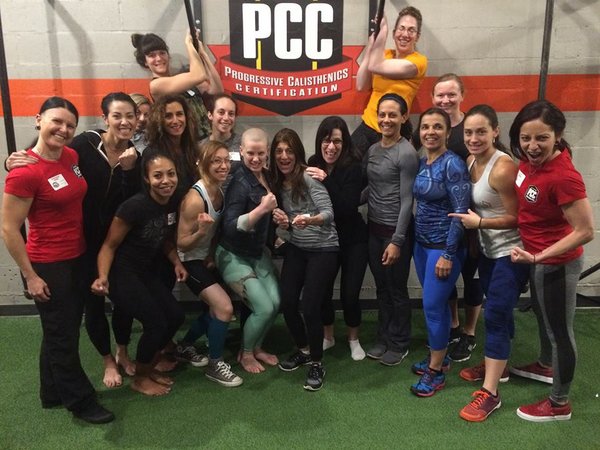
Time flies when you are having fun, and that would explain why the whole weekend seemed to go by in a New York minute. When the 3-day whirlwind was over, we were left with over 40 newly minted PCC instructors, a whole lot of wonderful memories and connections that will last a lifetime.
It’s been more than 2 years since the inception of the PCC, and the world’s #1 bodyweight certification continues to go strong. Next up is our long-anticipated debut in the United Kingdom and then it’s back to the US for our return to Alexandria, VA (there are still some spots left for both these events!).
A PCC certification is like a license to drive: it’s a big responsibility, but it can take you places!
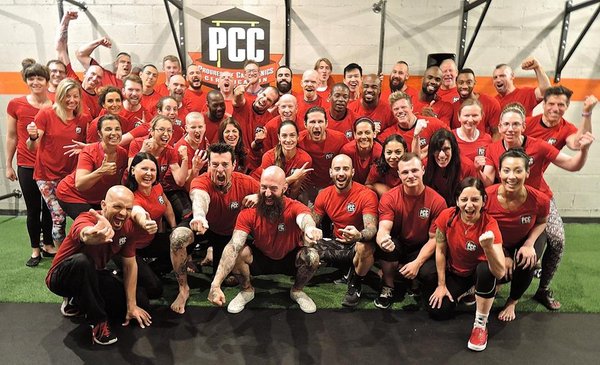
***
About Al Kavadlo: Al Kavadlo is the lead instructor for Dragon Door’s Progressive Calisthenics Certification. Recognized worldwide for his amazing bodyweight feats of strength as well as his unique coaching style, Al is the author of five books, including Raising The Bar: The Definitive Guide to Pull-up Bar Calisthenics and Pushing The Limits! Total Body Strength With No Equipment. Read more about Al on his website:www.AlKavadlo.com.
